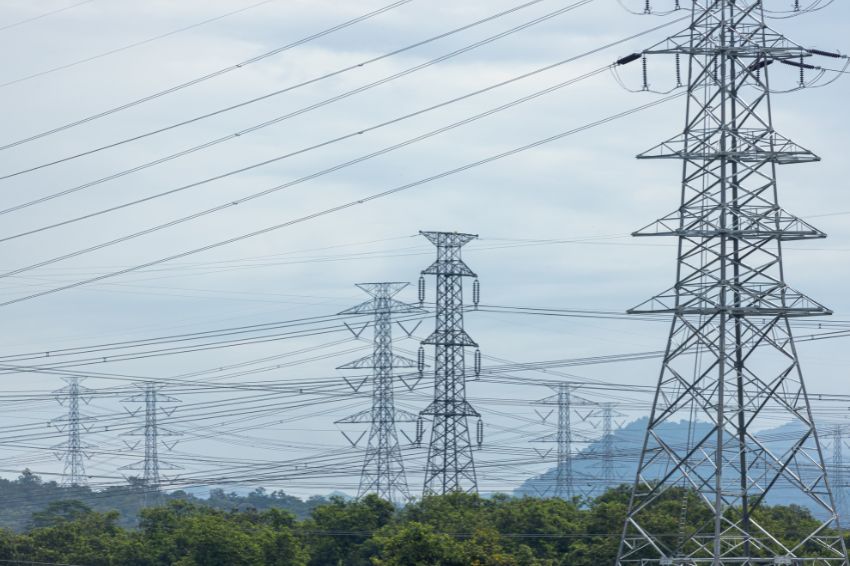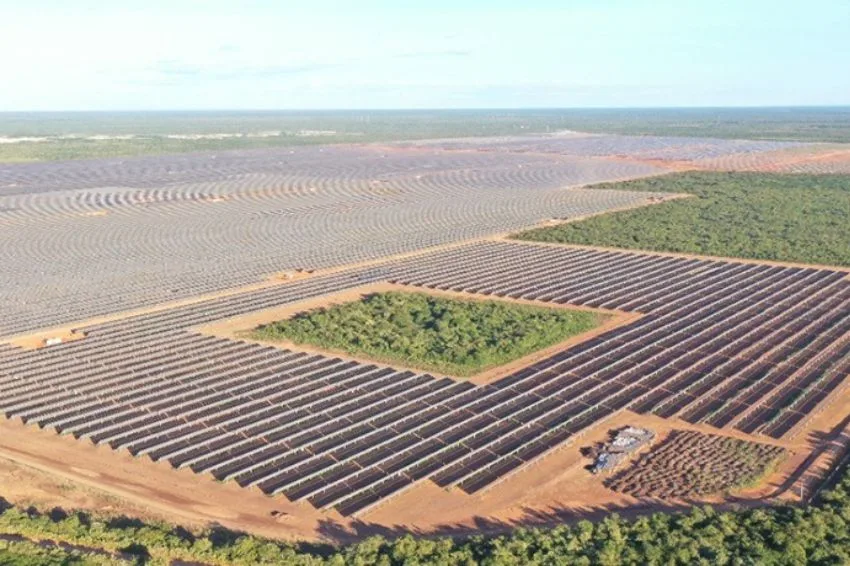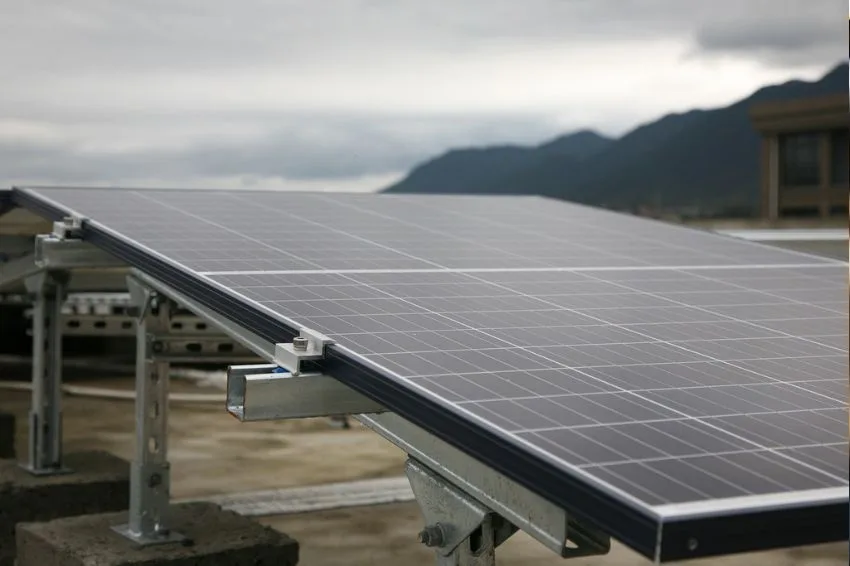After two consecutive months of decline, the Electricity consumption in Brazil remained stable, ending January with demand of 66,794 average MW, a volume similar to that recorded in the same period last year.
The prior information is from CCEE Fortnightly InfoMercado Bulletin (Electricity Trading Chamber).
Stability shows a slight recovery in Mercado Livre, maintained especially by greater demand from the metallurgical sector. In this segment where industry and large companies purchase energy, consumption was 23,566 average MW, 1.8% higher in the annual comparison.
The regulated market, which serves homes and small businesses, was responsible for a large part of the country's consumption, 43,229 average MW, but continued to fall for the third consecutive month, this time with a slight reduction of 0.9% in relation to the same period last year.
A CCEE associates the reduction in demand in the regulated environment mainly with the growth of DG (distributed generation). According to the Chamber, if there had not been this type of system, this environment would have grown by 2.0% compared to January last year.
Consumption by branch of economic activity
The Commercialization Chamber also monitors the demand for electricity in 15 sectors in Mercado Livre. In the annual comparison, the highest rates of increase were recorded in the Metal Mineral Extraction (10%), Metallurgy and Metal Products (6%) and the Food and Beverage industries, both with a 4% increase. Among those that saw the biggest falls are the Chemicals (-3%), Textiles (-6%) and Non-Metallic Minerals (-7%) sectors.
Consumption by region
In the regional assessment, emphasis on the Northeast, a region where almost all states had higher consumption in January, especially Maranhão, which increased 43% in the annual comparison, the highest rate in the country in the period. Mato Grosso do Sul had the biggest drop, 7%, followed by Rio Grande do Sul (-5%) and Rio de Janeiro (-4%).
Electricity generation
According to the CCEE bulletin, hydroelectric plants continue to play a prominent role in supplying the grid, with production of 54,873 average MW, a volume 4.5% higher compared to the same period last year.
Consequently, thermoelectric plants reduced their share by almost 45%. Alternative sources also continue to gain more space and in January solar farms generated 70% more electricity, while wind farms advanced almost 40%.
The favorable period for electricity generation also allowed Brazil to export 1,133 average MW to Argentina in January.

















